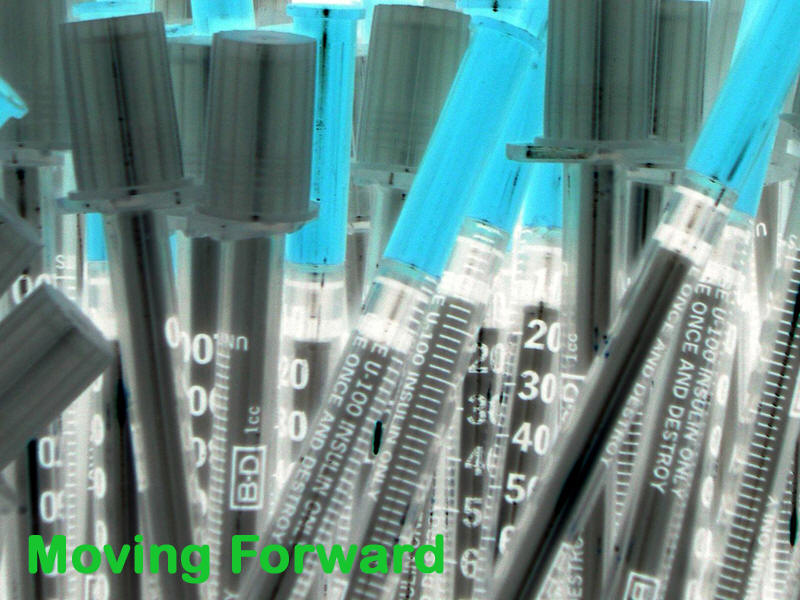
Conclusions

Legislator Joseph J. Roberts, Jr. stated in November of 2004 that, “It is time that New Jersey faced facts and recognized that dirty needles pose a problem that is not going to go away through inattention and indifference. A continued failure to confront this issue can cost our state in terms of more money, more illness, and more lost lives.”10 Surely, the fruition of Roberts’ request is long overdue. Because there is currently no cure or vaccine for HIV, interventions must modify behavior in order to slow and stop the spread of the virus. Reducing infection is the most effective way to save lives and NEPs are an effective, cost-efficient way to reach this goal.4 In addition, NEPs can offer other health services to which IDUs would not otherwise have access, essentially acting as a bridge to other health services.2 The key elements identified as being responsible for higher rates of HIV/AIDS among African Americans are injection drug use, poverty, and poor access and utilization of health care services.15 If needle exchange programs were opened, intervention and educational sessions were held, and an informational campaign were run, then two of the three major risk factors, the two that can be controlled, would be addressed.